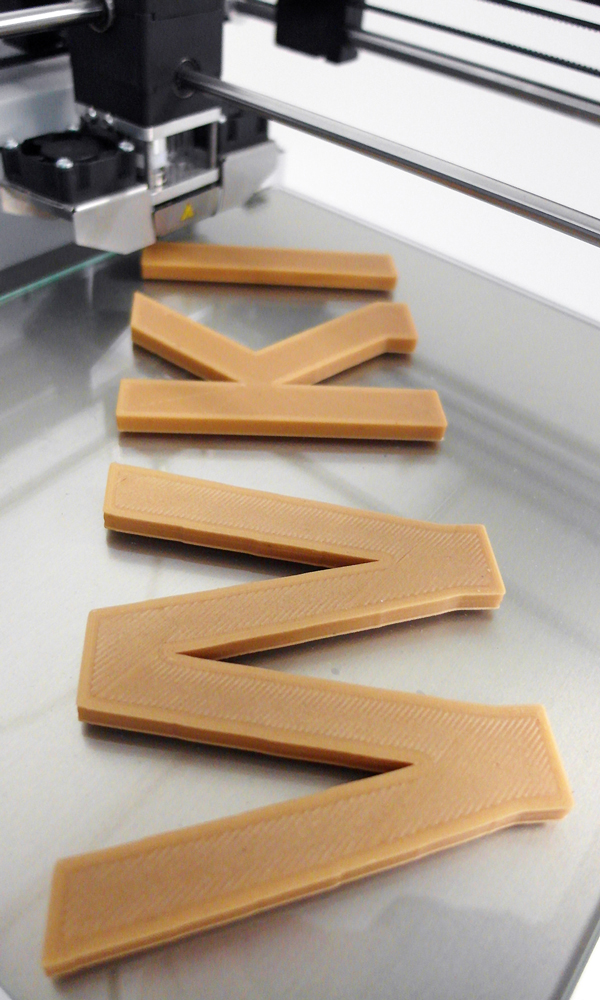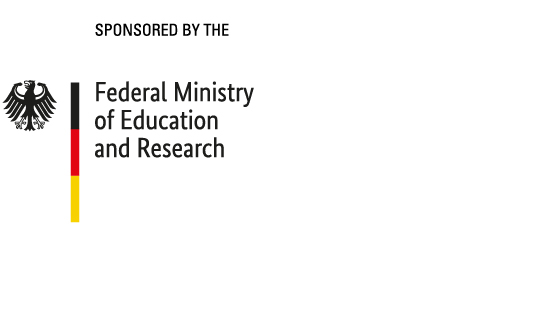The project encompasses the entire value chain. Each participating research institute manages one of the work packages, which build upon and mutually complement one another.
The “Instituto de Materiales de Misiones” in Argentina is developing, in cooperation with a bio-refinery, the processes for breaking down lignocelluloses and for isolating basic chemicals. The “Universidad de La Frontera” in Chile is addressing the question as to how lignin and hemicellulose fractions can be efficiently converted into biocompounds and bioenergy. Furthermore, the “VTT Technical Research Center of Finland” refines cellulose to form nanocellulose and optimizes it for the matrix of various biocomposites and for a variety of applications, including materials for the construction industry and biomedicine.
At the Fraunhofer WKI, we synthesize biopolymers from the bio-based basic chemicals and nanocellulose, which we then test in 3D printing. In addition, we are investigating the application of nanocellulose in binders for wood coatings.
The “Paper and Fibre Research Institute AS” in Norway produces filaments on the basis of biopolymers and cellulose for 3D printing and is developing processes for printing using nanocellulose pastes for medical applications such as wound dressings.
The project is rounded off by a comprehensive life cycle analysis (LCA) and economic evaluation performed by the “Pontifical Catholic University” in Peru.
Through this project, we are creating an international knowledge platform which offers new impetus for research, development and investment. We are thereby supporting the development of a sustainable and climate-friendly global economy.
 Fraunhofer Institute for Wood Research
Fraunhofer Institute for Wood Research 
